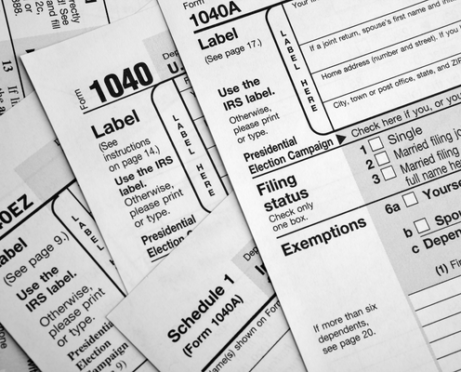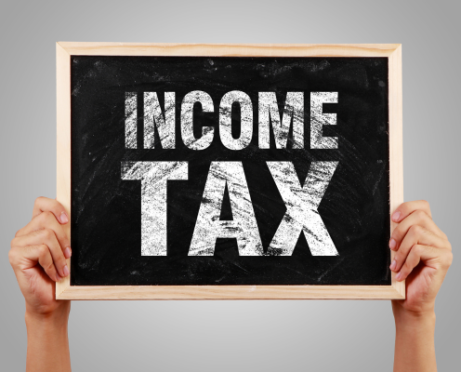
Are credit card statements containing holiday purchases still arriving? If so, now is a great time to accelerate upcoming debt payments and get to know your credit cards’ costs and features better.
There are many expenses associated with credit cards including annual, late, and over-the-limit fees, and fees for balance transfers. No expense is as costly, however, as the cost of making minimum payments. It can take more than a decade and over $9,000 in interest to pay off a $10,000 credit card with an 18 percent annual percentage rate (APR).
There are two ways to avoid the credit card minimum payment trap:
- “Find” extra money to pay more than the minimum
- Pay at least twice the minimum (or more if you can).
Below are specific details:
“Find” Money to Pay More Than the Minimum
Action steps will vary from person to person.
Author David Bach refers to small expenses that add up over time as “lattes” and everyone has their own.
Examples include eating out, buying expensive coffee, and lottery tickets. Fewer or less expensive “lattes” will free up money to pay off debt faster.
Pay at Least Twice the Minimum Payment
Many minimum payments on credit cards are calculated as 3 percent of the outstanding balance.
Double that payment to 6 percent of the balance (i.e., twice the required minimum payment) and you can save a substantial sum of both interest and repayment time.
For example: If you make minimum payments on a credit card with a $1,000 balance and an 18 percent APR will cost $684 in interest, it will take eight years to pay off.
Double the minimum payment from 3 percent of the outstanding balance to 6 percent of the balance and the interest cost is reduced to $285 (a savings of $399!) and the debt is repaid in four years.
To fully understand features and terms of your credit card(s), carefully read their disclosures (aka the Schumer box) and/or information found on your billing statement. There, you will find information about the following:
Understanding Annual Percentage Rate
Lenders must disclose all types of APRs including introductory “teaser” rates (e.g., 2.9 percent for six months), standard APRs, and penalty (default) APRs that are charged for specific infractions such as late payments.
Know Your Fees
Examples include late fees, over-the-limit fees, and fees for cash advances and balance transfers. These fees are not included in APRs because only some credit card users pay them.
Mind the Grace Period
This is the time period, typically 20 to 25 days, between the posting date of a transaction and the payment due date. A grace period is available only to cardholders who paid the previous month’s balance in full and on time.
Calculate Your Balance
Two common methods are “daily balance” and “average daily balance.” New purchases are generally included. With both methods, the sooner in a billing cycle a credit card is paid, the more days with a lower balance and the lower the daily or average daily balance on which interest is charged.
Once you know the details, make sure you’re using a credit card that’s right for you:
- Convenience users (i.e., those who always pay their bill in full and do not pay interest) should look for a long grace period, no annual fee, low fees, and a good rewards program.
- Revolvers who typically carry a balance forward should look for a low interest rate, no annual fee, low fees, and a long “teaser rate” if the balance can be repaid before the introductory rate ends.
Use this worksheet to compare the costs and features of your current credit cards and others that might have more favorable terms — and commit yourself to paying off your remaining balance today.




